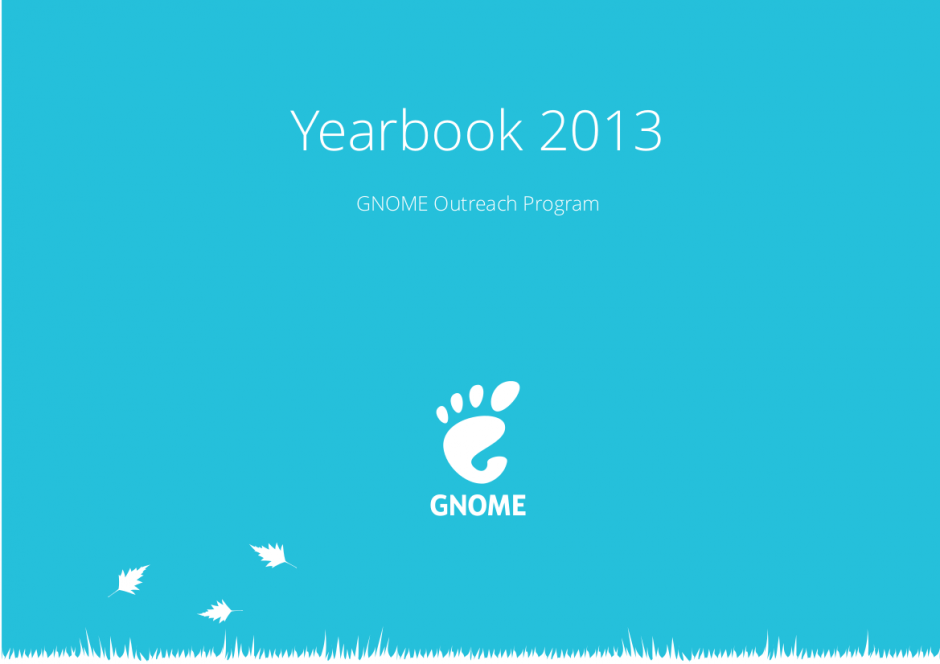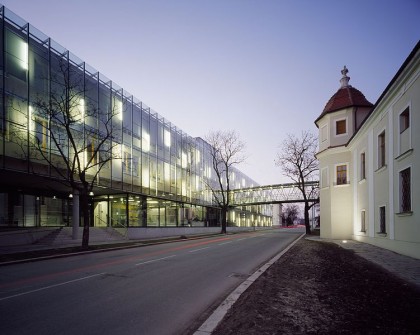The GNOME.Asia Committee is inviting proposals to host the GNOME.Asia
Summit during the 2nd quarter of 2014. The GNOME.Asia Summit is the
featured annual GNOME Conference in Asia. The event focuses primarily
on the GNOME desktop, and also covers applications and the development
platform tools. It brings together the GNOME community in Asia to
provide a forum for users, developers, foundation leaders, governments
and businesses to discuss both the present technology and future
developments.
GNOME.Asia Summit was held in Beijing, Ho-Chi-Minh City, Taipei,
Bangalore, Hong Kong and Seoul respectively over the last six years.
The Summit’s preference is to find new locations each year as we
spread GNOME throughout Asia, and we are looking for local organizers
to rise to the challenge of organizing an excellent GNOME event. The
GNOME.Asia committee will assist in the process, but there is a
definitive need for individuals to be actively involved and committed
to the planning and delivery of the event.
You can learn more about GNOME.Asia Summit at our official website:
http://www.gnome.asia
For those of you who would be interested in hosting the next
GNOME.Asia Summit in 2014 you are hereby invited to submit a formal
proposal to the gnome-asia-committee-list<at>gnome<dot> org . The
deadline for the proposals is September 1, 2013. Please email your
proposal to gnome-asia-committee-list<at>gnome<dot> org. We might
invite you to present your proposal in more details over our regular
IRC meetings, or send you additional questions and requests. Results
will be announced by the third week of September, 2013.
The conference will require availability of facilities for one week,
including a weekend, during the 2nd quarter of 2014 (between March and
June). Final event dates should avoid other key free software
conferences or other events that may have conflict and will be
confirmed together with other GNOME teams which might get involved.
Key points which proposals should consider, and which will be taken
into account when deciding among candidates, are:
- Local community support for hosting the conference.
- Venue details. Information about infrastructure and facilities to
hold the conference should be provided. - Preliminary schedule with main programme & different activities.
- Information about how internet connectivity will be managed.
- Lodging choices ranging from affordable housing to nicer hotels,
and information about distances between the venue and lodging options. - The availability of restaurants or the organization of catering
on-site, cost of food/soft drinks/beer. - The availability and cost of travel from major Asian and European cities.
- Local industries, universities and government support.
- Please provide a reasonably detailed budget (sponsorships, expenses, etc).
- Provide plans for fundraising at a local level.
Please refer to the official web site of GNOME.Asia [1]. Please also
check the GNOME.Asia Summit check list [2], howtos [3] and a winning
proposal for the year 2012 [4] when putting together a proposal. Feel
free to contact gnome-asia-committee-list gnome org if you
have any questions.
Please help to spread the words and we are looking forward to hearing
from you soon!
GNOME.Asia Committee
[1] http://wiki.gnome.org/GnomeAsia
[2] http://2011.gnome.asia/about/gnomeasia/event-organization-checklist
[3] http://2011.gnome.asia/about/gnomeasia/summit-planning-howto
[4] http://wiki.gnome.org/GnomeAsia/2012Summit/Bids?action=AttachFile&do=view&target=Proposal_of_HongKong_GNOME_Asia_Hackfest_2012_20120124.pdf


